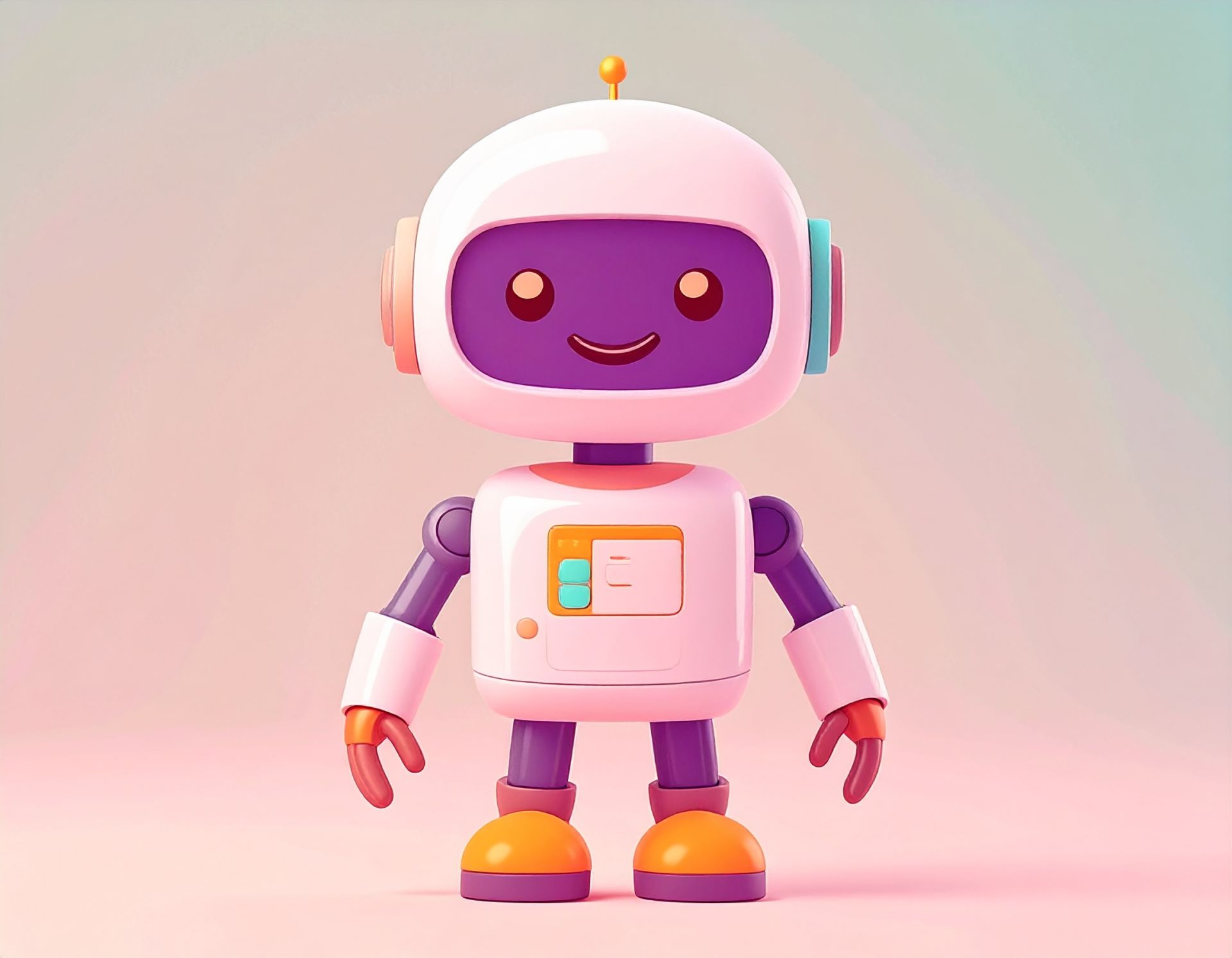As artificial intelligence (AI) becomes increasingly integrated into the education sector, it is essential that all educators understand the importance of using AI safely, ethically and legally.
AI tools can offer real benefits: reducing workload, improving efficiency, and even supporting personalised learning. However, when used in environments involving very young children, the risks associated with data protection, safeguarding, and ethical misuse are significantly heightened.
Children’s Data Requires the Highest Protection
In early years settings, educators are regularly responsible for highly sensitive personal data, including names, dates of birth, contact details, and medical or safeguarding records. Using AI tools without appropriate protections could lead to unlawful data sharing or breaches.
Under theUK General Data Protection Regulation (UK GDPR)and theData Protection Act 2018, any use of AI that involves the processing of personal data must be risk assessed and compliant. TheInformation Commissioner’s Office (ICO)outlines specific responsibilities when using AI technologies, including accountability, transparency, and impact assessment.
What this means for educators:
- Do not upload or share any identifiable information via AI platforms unless the system has been formally risk assessed and approved.
- Always complete aData Protection Impact Assessment (DPIA)before introducing new AI tools that handle personal data.
AI Cannot Replace Human Judgement in Safeguarding
The Department for Education’s guidance inKeeping Children Safe in Education (2024)states that safeguarding decisions must remain the responsibility of trained professionals. While AI can support administrative and planning tasks, it must never be used to interpret safeguarding concerns or monitor behaviour without oversight.
What this means for educators:
- AI should never be used to assess, escalate, or manage safeguarding incidents.
- All AI interactions that could affect children must be reviewed by a designated safeguarding lead.
Educators Are Responsible for Safe and Ethical Use
AI tools are only as ethical as the data and instructions provided. The UK government’sGenerative AI: Product Safety Expectations (2024)highlights the need for transparency and legal compliance in educational settings. As professionals, educators must take accountability for the inputs and outputs of any AI tool they use.
What this means for educators:
- Use only approved and risk-assessed AI tools, and never use personal accounts or public AI tools for school-related tasks.
- Avoid uploading sensitive materials such as EHCPs, medical data, or safeguarding logs.
Setting Good Examples for Young Learners
TheEducation for a Connected Worldframework (UK Council for Internet Safety) encourages positive digital behaviour from the earliest stages of learning. How educators model safe and thoughtful use of AI can influence how children understand and engage with technology in the future.
What this means for educators:
- Demonstrate ethical use of technology in your setting.
- Discuss AI with children (where appropriate) in a developmentally appropriate and positive way.
Get Started for Free
The Using AI Safely & Responsibly in Education offered byFutured AI Academycourse is completely free and accessible online. It’s suitable for both individual educators and whole teams.
You’ll finish with practical tools you can apply immediately, and a clear understanding of how to keep children safe in the age of AI.
This article is also avaible on Medium.
Sources and Policy Frameworks Referenced
This article aligns with the following official guidance and policy materials:
- UK GDPR (Articles 77–79)– Rights of individuals regarding data use and complaintshttps://www.legislation.gov.uk/eur/2016/679/article/77
- Data Protection Act 2018(Sections 165–166)https://www.legislation.gov.uk/ukpga/2018/12/contents
- Information Commissioner’s Office (ICO) – AI Toolkithttps://ico.org.uk
- Data Protection: A Toolkit for Schools– Department for Educationhttps://www.gov.uk/government/publications/data-protection-toolkit-for-schools
- Keeping Children Safe in Education (2024)– Department for Educationhttps://www.gov.uk/government/publications/keeping-children-safe-in-education--2
- Education for a Connected World– UK Council for Internet Safety (UKCIS)https://www.gov.uk/government/publications/education-for-a-connected-world
- UK Safer Internet Centre – Guidance for Educatorshttps://saferinternet.org.uk/guide-and-resource/teachers-and-school-staff




